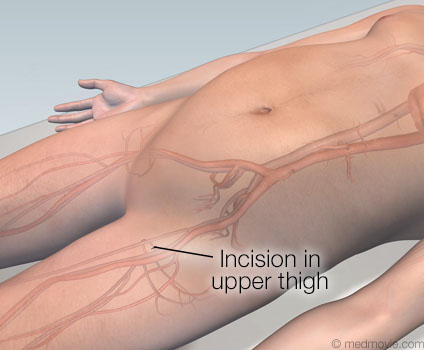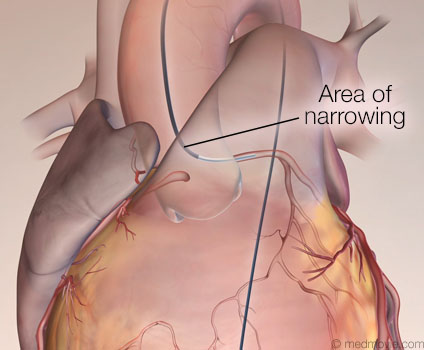
Cardiac Catheterization
Cardiac catheterization refers to a procedure used to diagnose and treat certain heart conditions.
To initiate a cardiac catheterization, a small incision is made in the patient’s upper thigh to allow access to a blood vessel leading to the heart. A guidewire is then carefully inserted into the blood vessel, and threaded into position inside the heart. A thin, flexible, tube with a specialized tip, called a catheter, is then inserted into place following the guidewire.
Different types of catheters can be used to evaluate the heart’s structure or function and/or to perform an interventional procedure.
A few examples of what these specialized catheters can do include:
- Inject dye to locate blockages of the heart’s blood vessels; coronary angiogram.
- Record pressures to determine how well the heart pumps or identify problems with the heart valves.
- Inject dye into the heart’s chambers to evaluate their structure and function. and detect valve abnormalities.
- Obtain biopsy samples.
- Perform interventional procedures that open blocked coronary arteries or stenotic valves or replace damaged valves.
- Study and regulate the electrical conduction system.
cvml_0019i
Visit Cardiac Care Network of Ontario for more information.



